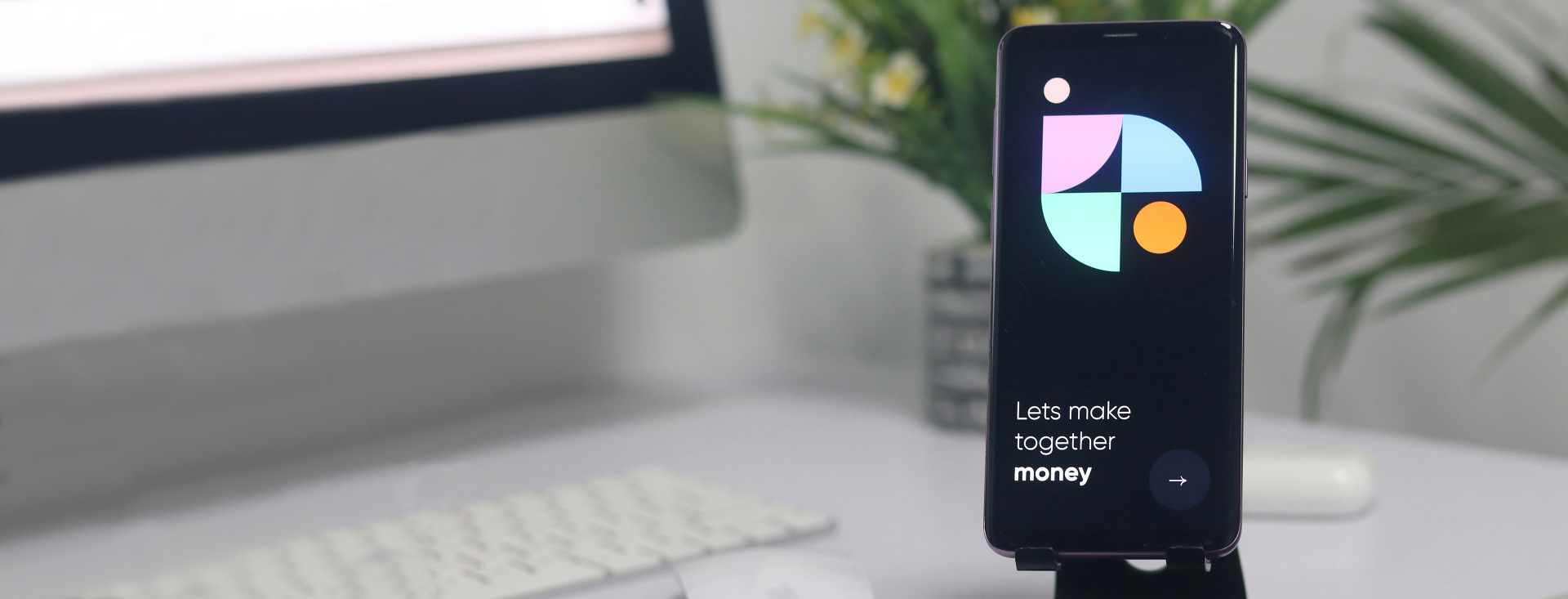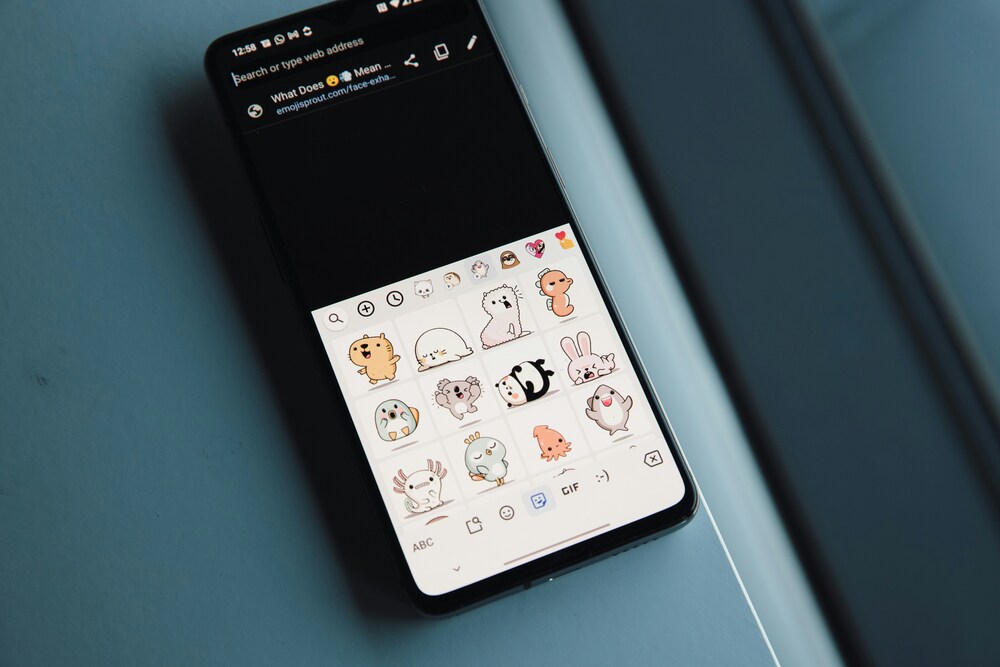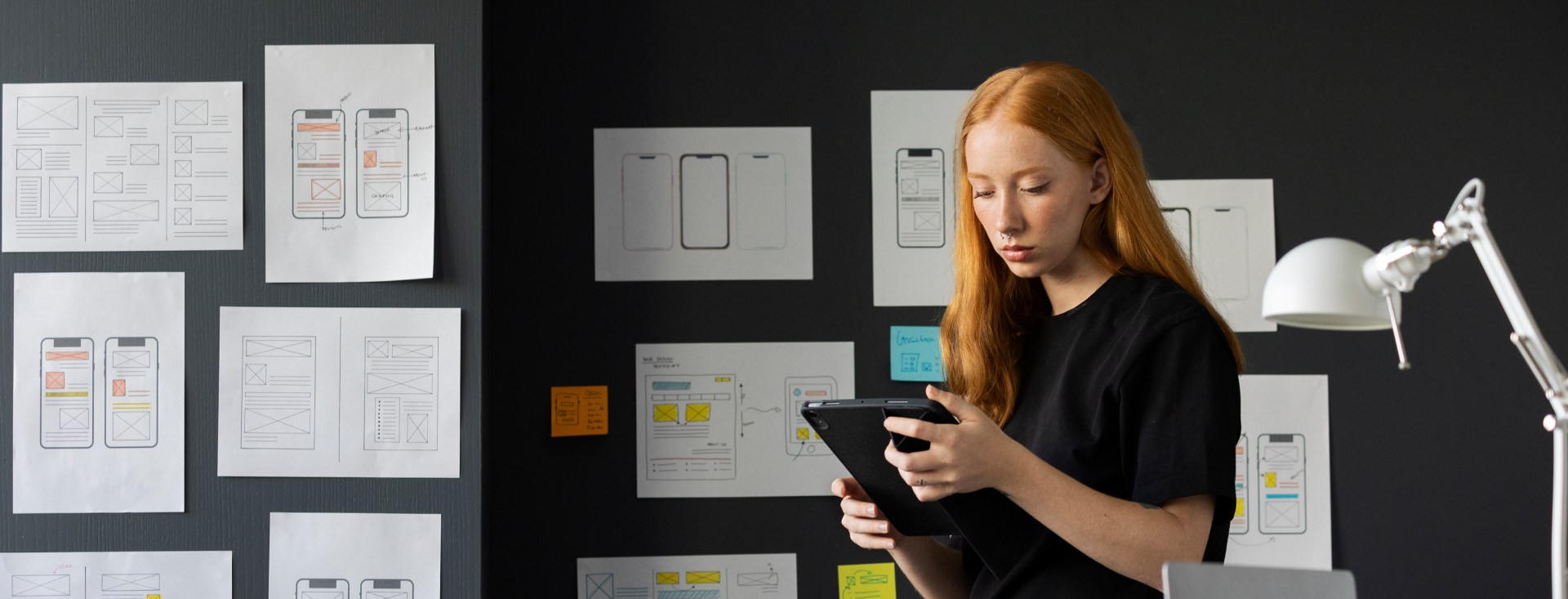How to Monetize a Mental Health App? Top Monetization Strategies
February 5, 2025
Alex Shubin | Founder & CEO at SDA

Time is accelerating, stress is increasing, and geographical barriers are disappearing – these three factors characterize our days. Therefore, it is not surprising the digital wellness revolution is in full swing, with mental health apps becoming as essential as our morning coffee.
Recent data shows these applications aren’t just trending – they’re transforming how millions approach their psychological well-being. Sensing a profound opportunity, tech pioneers and established companies are paying close attention to this niche where technology effectively addresses a pressing human need.
On the other hand, even though the market potential is substantial, you as an entrepreneur can feel that finding the right revenue strategy is like solving a puzzle where the pieces keep changing shape.
True: turning a brilliant app for mental health support into a sustainable business venture requires more than good intentions and sharp code. First, it requires careful planning in developing and picking the right monetizing strategy.
If you plan to create a mental health app, this article will show you proven ways to make a profitable application, one that earns money and helps you stay true to what matters most – assisting people in healing and thriving.
The Role of Mental Wellness Apps Today
In the modern world, when our phones are practically glued to our hands, smartphones have become unexpected allies in mental wellness.
Specifically, mental health mobile apps have emerged as quiet companions helping people through anxiety attacks at 3 AM, guiding meditation sessions during lunch breaks, and connecting individuals with therapists any time of the day without pre-arranged appointments. These applications blend innovation with self-care in ways we couldn’t have dreamed of a decade ago.
This rise in mental health therapy apps represents a dramatic shift in how we all approach psychological support. Plus, the platforms make such support more accessible, affordable, and, crucially, less stigmatized.
Recent studies indicate that nearly half of smartphone users have at least one health-related application installed, with mental wellness ones leading the category. What does the surge stem from?
The apps for mental health undoubtedly bring multiple advantages to the table, such as:
- Support when people develop healthier habits
- Quick help when they critically need it
- One-off suggestions made by AI
- Keener pricing compared to offline appointments
- Discreetness and private access
The technology’s impact extends beyond individual users. Mental health applications are actively used by healthcare providers as well. The professionals more and more incorporate such platforms into their practice. This symbiotic relationship between traditional therapy and digital opportunities creates a more comprehensive support system that users seek when stressed by modern living conditions.

How to Monetize a Health and Wellness App
Choosing a monetization model is the essential initial stage in creating a mental health app because it guides feature development and defines the application potential overall.
There’s no single robust monetization strategy. Among the many possibilities to monetize your mental health app, each application finds the methods that work best for it.
Below, we provide the most common and effective approaches that you can use both individually and in combo. Our experience as a mental health app development company proves that a combination of several models creates an effective multi-channel earning stream and so yields the best results.
Monthly or annual subscriptions
This model helps create different levels of support for different users. Basic subscribers can access fundamental tools. Premium members unlock personalized meditation libraries, advanced mood tracking, priority counselor chat access, and more.
Plus, you can consider offering monthly options for commitment-shy users and attractive annual packages for dedicated wellness seekers.
Add-on purchases for enhanced features
This approach lets users customize their mental health toolkit. They can start with basic relaxation exercises and then add (purchase) specialized anxiety management courses, sleep enhancement programs, expert-led workshops, or other features they wish.
Overall, this mental health app revenue model looks like building a personal wellness library – gradually, one volume at a time.
Sponsored content and ads
Do you have a company (or a pool of organizations) in mind that could be interested in advertising their products or services among your users? Partner with them or the brands that align with mental wellness (i.e. offer sleep aids, mindfulness tools, and so on).
To make such cooperation appealing to your users, your trick is to ensure these ads feel like helpful suggestions and not intrusive interruptions.
Basic free tier with premium options (freemium)
The method is one of the most sought-after types of monetization models for mental health apps. It’s similar to a “try before you buy” approach. Users can access core features like basic mood tracking or breathing exercises without paying a dime.
Premium features such as detailed progress analytics, unlimited journal entries, and more await those ready to invest in their mental well-being.
Collaborations with businesses
Many companies prioritize employee mental health. Position your mental health and wellness app as part of their wellness solution and offer bulk licenses or customized corporate packages. Such an approach can provide steady revenue and help organizations support their teams’ psychological resilience.
Earnings through affiliate links and promotions
You can also consider creating a curated marketplace within your mental wellness app. Recommend complementary services and products, from books on emotional intelligence to therapeutic tools. This allows you to earn commission and also provides extra value to your users.
Selling rights to use your app’s tech
This is another revenue model used in mental wellness apps that can bring you a steady revenue stream. The core idea is that your app’s technology can be valuable to various mental health clinics, counseling centers, or wellness organizations. So, you can consider licensing your platform and offer them to build upon your foundation.
One-time fees for individual services
If you suspect that some people are afraid of subscriptions and prefer to buy services individually, you are right. That’s why in your app that helps with mental health, you can offer face-to-face teletherapy sessions, emergency support possibilities, or specialized workshops on a pay-as-you-go basis. Such flexibility can indeed attract users who might hesitate to commit to a subscription.

Inspiring Examples of How to Make Money from Mental Health Applications
The trailblazers we’ll discuss below didn’t just create apps. Each of them has become a notable event in the market: it has gathered a lot of followers and each makes a great profit using chosen monetization models.
So, how exactly do these platforms make money?
Headspace
Their monetization strategy is a crafted freemium model that lets users sample bite-sized meditation experiences before they dive into premium content. This mental health application offers free foundational guided classes that create a “taste test” and help convert curious browsers into subscribers.
Calm
The platform took a similar yet distinctively nuanced approach. Beyond meditation, they’ve expanded into sleep stories, masterclasses with celebrity narrators, and specialized mental wellness programs. Their subscription model focuses on curating personalized mental health experiences.
Talkspace
The application offers individual subscriptions, but it has found its sweet spot in corporate partnerships. It provides emotional resilience help as an employee benefit and even provides programs for specific professions. Such a mental health app revenue model has created a win-win: companies support their employees, while Talkspace secures stable profits.
BetterHelp
The platform’s operating principle is based on the question: “Why should therapy be limited to the therapist’s office hours?" Its users pay weekly rates for scheduled video sessions with licensed therapists. This makes professional support more accessible than traditional therapy. The app pricing structure reflects different levels of therapist interaction and allows those seeking help to pick options that suit their goals and wallet.
A lot of thriving platforms in the niche show that turning a mental health app into a successful venture requires combining razor-sharp entrepreneurial insight with genuine human understanding. After all, these applications don’t sell features. They provide hope, aid, and a personalized path to mental and emotional well-being.
What’s Crucial About Monetizing Mental Health Apps
“It must feel like a friend, not a transaction” – this is the main approach to earnings for this type of application. Our experience shows that those who win are those who enhance their keen business sense with ethical considerations, know their users deeply, and understand the challenges and intricacies of their mental condition.
In other words, building a mental health app from scratch and turning it into a money-making one requires walking a delicate line between profitability and purpose. Let’s explore the factors that can help you hit such a balance.
1. User accessibility is your rule
Monetization strategies for mental health apps shouldn't become a barrier to aid. Premium features are undoubtedly essential for your sustainability. On the other hand, your basic services must remain within reach of those who need them most – someone struggling at 3 AM shouldn’t hit a paywall when seeking help.
That’s why, consider providing a robust free tier that gives genuine value (these can be basic meditation exercises or mood tracking), plus reserve enhanced features for paying users.
2. Privacy is the non-negotiable foundation for building trust
When users open apps to improve their mental health, they step into a “digital sanctuary” where their most vulnerable thoughts and emotions find protection. Therefore, privacy here isn’t just another feature to tick off your list. It’s the foundation everything else stands on.
So, compliance with regulations like HIPAA and GDPR creates a space where users feel safe sharing their innermost thoughts.
3. User-centered features are beyond bells and whistles
Figuratively speaking, premium features should feel like upgrading from a bicycle to a Tesla – not just a fresh coat of paint on the same old bike (in other words, it must be a real upgrade, not a marketing gimmick).
Whether AI-powered mood monitoring, personalized therapeutic content, or direct professional consultations, each paid feature must make users think, “Yes, this is exactly what I needed,” not “Why am I paying for this?”.
4. Respectful advertising is a must
If advertising is what you consider to be one of the monetization models for your health and wellness apps, tread carefully. Don’t forget that these applications are not perceived as promotional billboards. Any ad should feel and look like helpful suggestions from a trusted friend, not a desperate sales pitch.
Partner with brands that sell products like meditation cushions or sleep-enhancing tools and present these brands/products in ways that add value and never create anxiety.
5. Scalability for your future growth is critical
Choosing monetization methods that can evolve with your user base is our main tip here. Consider how your revenue model will handle 100 users versus 100,000 users. Will your premium features still deliver value at scale? Can your infrastructure support growing demand?
These are essential to think over and implement at the mental health app development stage. Our projects in the niche prove that subscription models and corporate partnerships often scale more smoothly than one-time purchases, as the latter can feel transactional.
6. Listen before you launch – to know your audience
Understanding your users goes beyond demographic data. What keeps them up at night? What would they gladly pay for? Some might value on-demand therapist access and others – prioritize detailed progress analytics. Create user personas like real people, not market segments.
Your health and wellness app monetization approach should reflect their real needs, preferences, and financial capabilities and feel like a dialogue, not a dictation.
7. Stick to clear communication
Be upfront about your pricing. Hidden fees and unclear subscription terms are trust killers. Clearly communicate what users get at each price point when they’ll be charged, and how they can manage their subscriptions. When your clients understand what exactly they pay for, they’re more likely to see the application as worthy of their money.
8. Study your competitors
Approach marketing research like a chess player who studies past matches. What mental health app monetization strategies work best? Where have others stumbled? Each platform is surely individual, but when you scrutinize their success, you can spot certain patterns. This step isn’t about copying, it’s about learning from the collective mistakes and wisdom of the industry.
9. Employ flexibility
When you build a mental health app, mind that in emotional well-being assistance, one size rarely fits all. Some of your users can prefer monthly subscriptions, others – pay-per-session options. Think about the creation of a monetization menu that caters to different preferences and budgets. The more paths you create, the more users you can support.

Your Roadmap to Success: Key Takeaways
Monetization strategies for mental health app development must make your platform sustainable yet genuinely support your users. Your revenue model(s) should prioritize trust over immediate profits, create value that goes beyond financial transactions, and maintain an unwavering commitment to ethical practices.
When you start a mental health app, your ultimate success will come from understanding that every subscription and every premium feature is about supporting human vulnerability and growth. The most successful applications are partners in people’s healing journeys. When you align your business model with true care, profitability becomes a natural consequence of your impact.
As experienced mental health app developers, we craft digital platforms that are compassionate support systems and make a meaningful difference thanks to:
- Our deep understanding of the mental wellness realm
- User-centered design philosophy
- Technical expertise in healthcare technology
- Proficiency in comprehensive monetization strategies
Your breakthrough can start right now. Let’s build something extraordinary. Reach out to us and reimagine psychological well-being aid.



